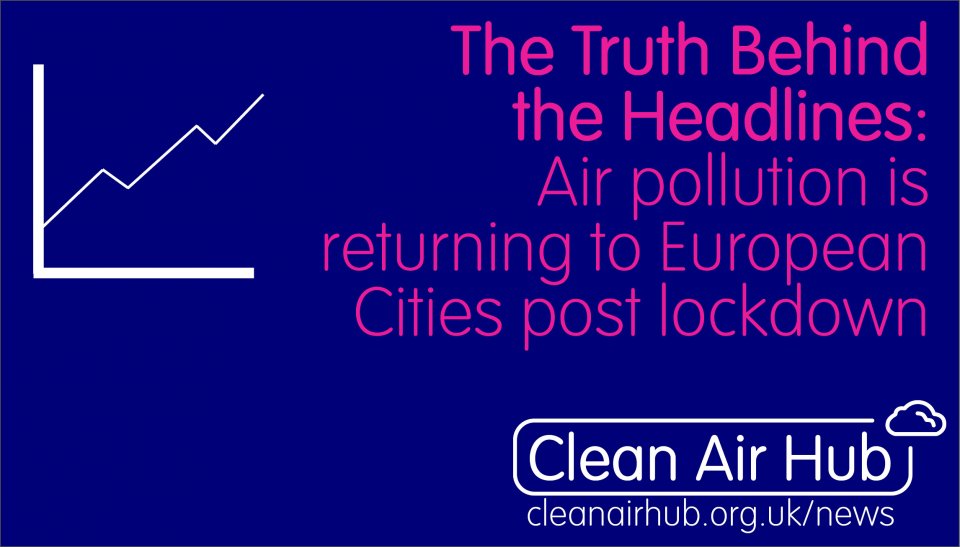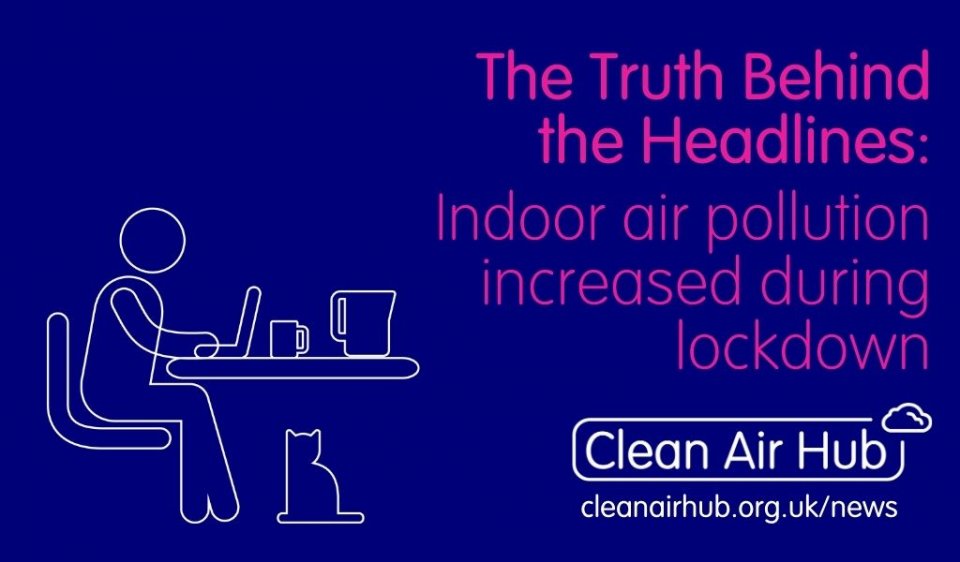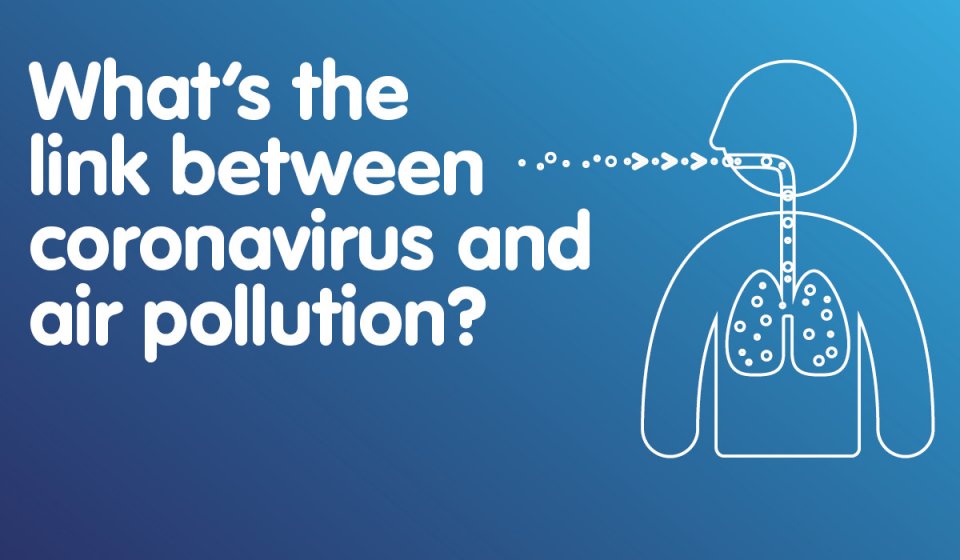News & Stories
It has been reported that the air pollution improvement during lockdown averted tens of thousands of premature deaths, according to researchers from the University of Notre Dame who looked at particulate matter (PM2.5) concentrations in China and Europe.
The findings were that PM2.5 concentrations dropped by 29.7% in China (over a 2 month period) and by 17.1% (over a 3 month period) in parts of Europe. The researchers then used integrated computer simulations to estimate the impact that the reduction had on public health. Over the recording period, the researchers estimated that 24,200 premature deaths associated with PM2.5 pollution were avoided throughout China (where 3,309 fatalities from COVID-19 were reported). In Europe, where COVID-19 fatalities were far higher and air pollution levels generally lower, the reduction in PM2.5 was estimated to have averted 2,109 premature deaths. However, the researchers highlighted that the averted fatalities figures could be much larger if long-term effects were considered (up to 287,000 in China and 29,500 in Europe).
Using our recommended five tips, Global Action Plan reviewed the study:
| Questions to ask to get to the truth | Our response |
| 1. Does the article refer to a report to back up its claims? |
Yes, the articles refer to a published paper in The Lancet Planetary Health, a peer-reviewed scientific journal. . |
| 2. Who is behind the study it refers to? |
A team of researchers from different departments at the University of Notre Dame in Indiana (USA). |
| 3. How fantastical and radical is the claim that is being made? |
The claim was made using recorded data for PM2.5 as input to chemical transport model simulations to estimate the number of early deaths averted by the reduction in air pollution. Although the findings were based on modelling, recorded data were used and the simulations utilised four different economic recovery scenarios with a variety of activity levels (from normal to complete lockdown) and the subsequent emissions from each. The researchers were transparent about the data and method used, and quantified the predicted health benefits using the latest epidemiological studies, thereby further improving the evidence-base for the research.
|
| 4. What geographical region does the claim refer to? |
China and Europe |
| 5. What is the sample size of the study? |
Measured PM2.5 concentrations from more than 2,500 sites in Europe and China between January 2016 and June 2020.
|
Want to talk to us about any of our projects? Please get in touch with us here.








